Cannabis has been around humans for millennia.
In that time it has served many purposes, as an industrial crop, religious rite, and source of entertainment. But despite the importance of hemp in the developing world, cannabis has not enjoyed the widespread acceptance of a substance like wine.
In the past 100 years, cannabis has undergone a dramatic transformation in the public eye, becoming enemy #1. Despite the lack of recorded deaths due to cannabis and the long-reported health benefits, cannabis has been looked down on and systematically targeted.
So, what would the world look like if cannabis was never demonized? How would the United States, and the rest of the world be transformed if this plant had been accepted, used, and allowed to flourish?
Let’s explore.
Where did cannabis come from?
Cannabis is a truly ancient crop. It first entered the record of human history around 12,000 years ago in Central Asia. 1 Seeds of the plant moved with nomadic tribes, first spreading to the rest of Asia and Africa before making its way into Europe and eventually the Americas.
Hemp was a staple crop of developing civilizations, providing fiber for sails, ropes, food and oil. In the developing United States, some states mandated growing hemp and even George Washington grew it at Mount Vernon.
A brief timeline of cannabis in the 20th century
- After the Mexican Revolution of 1910, White Americans began to grow wary of this plant that was popular with both Mexican and Black communities.
- By 1927, almost 30 states had outlawed cannabis.
- In 1930, Harry Anslinger took office in the newly created Federal Bureau of Narcotics and immediately launched an anti-cannabis campaign.
- By 1937, the Federal Government passed the Marijuana Tax Act, making it effectively illegal. The very same year, the New York Academy of Medicine issued a report that found cannabis did not induce violence or lead to other drug use or addiction, though this was largely ignored.
- Mandatory minimum sentences for drug offenses were established in the 1950s.
- In 1971, President Nixon made his infamous statement about declaring war on drugs
- President Reagan signed the Comprehensive Crime Control Act in 1984, expanding punishment for cannabis possession as well as re-implementing mandatory minimums.
What about wine?
Wine has been around almost as long as cannabis has, with evidence of fermented grape drinks dating back to 6,000 years ago. 2 Though public winemaking has fallen in and out of fashion, religious institutions have continued to make wine for nearly as long as it’s been around. Even during prohibition in the US, religious institutions were allowed to continue to make wine.
So what would our society look like if weed was held to the same regard as wine?
1. There would be more variety in strains
Today’s market is heavily dominated by Type I cannabis strains, high in THC and low in all other cannabinoids. This cannabinoid dominance is a direct result of prohibition; when weed was hard to come by, you wanted to be able to get high with as little weed as possible.
Think about alcohol prohibition in the 1920s and the rise of moonshine. While moonshine has been made for centuries, its popularity spiked during Prohibition when it was sold in speakeasies across the country. Part of the rise in demand was thanks to the potency of moonshine, which can reach 150 proof or stronger. If you can’t get drunk leisurely, you want to get drunk efficiently.
The same held true for cannabis and THC levels – but this wouldn’t be the case if it was never demonized. The market would have significantly more variety, the same the alcohol market has variety. Landrace strains wouldn’t have been exclusively bred for THC-dominance, resulting in a wide variety of choices for the consumer. These strains would have a greater variety in their cannabinoid and terpene profiles, with CBD, CBG, and CBN sharing the center stage.
That isn’t to say that high-THC strains wouldn’t still be popular, but they wouldn’t be the only option. There are over 144 cannabinoids in the cannabis plant, so who knows which ones we would be obsessed with by now?
This increase in strain varieties would also change what it means to use cannabis; no longer would it be synonymous with getting high. Out of the dozens of cannabinoids, only a handful are intoxicating, while most have more subtle effects. This would allow people to customize their use in a way that best supports their health and lifestyle goals. Consuming cannabis would be no more dramatic than taking a multivitamin (and would probably look similar too!), making it more accessible for people in all walks of life, especially parents.
2. Domestic violence would be lower
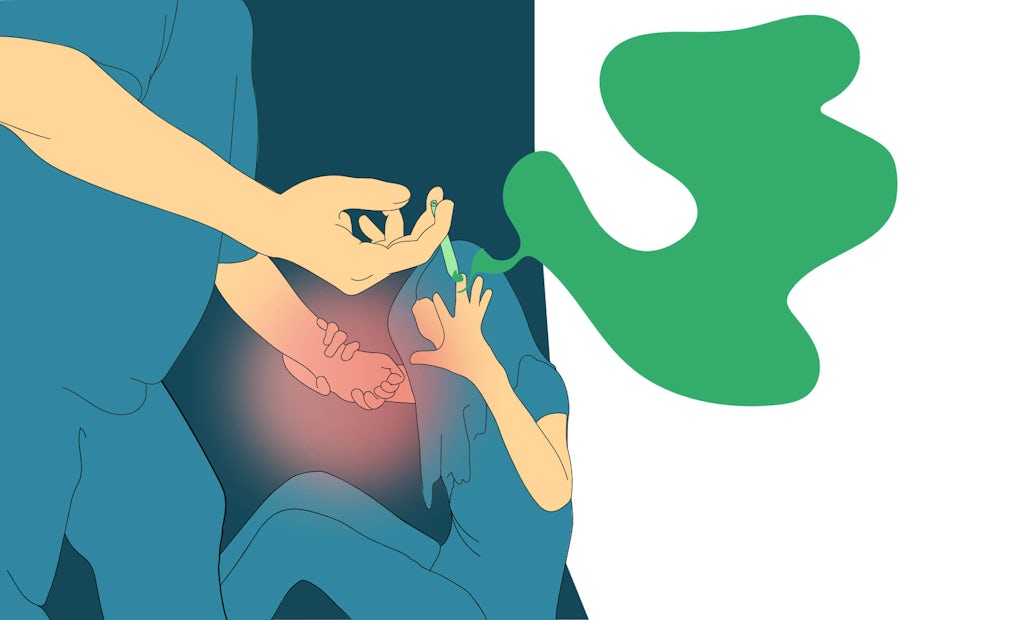
While domestic violence is not directly caused by alcohol use, there is a strong correlation. Abusers are more likely to drink, 3 and alcohol is known to fuel rage and violent behavior. 4
Weed, on the other hand, is not known to exacerbate violent behavior, and in fact is linked with lower rates of violence. In fact, in states where cannabis is legalized, not only do alcohol sales drop but domestic violence injuries plummet, too.
This tracks when you also consider that consistent cannabis use can lower stress responses, making people more calm and less reactive.
Of course it would be foolish to say that legal cannabis could eradicate the evil of domestic violence, but all evidence points to a reduction – and isn’t that a good place to start?
3. Alcoholism would be less common
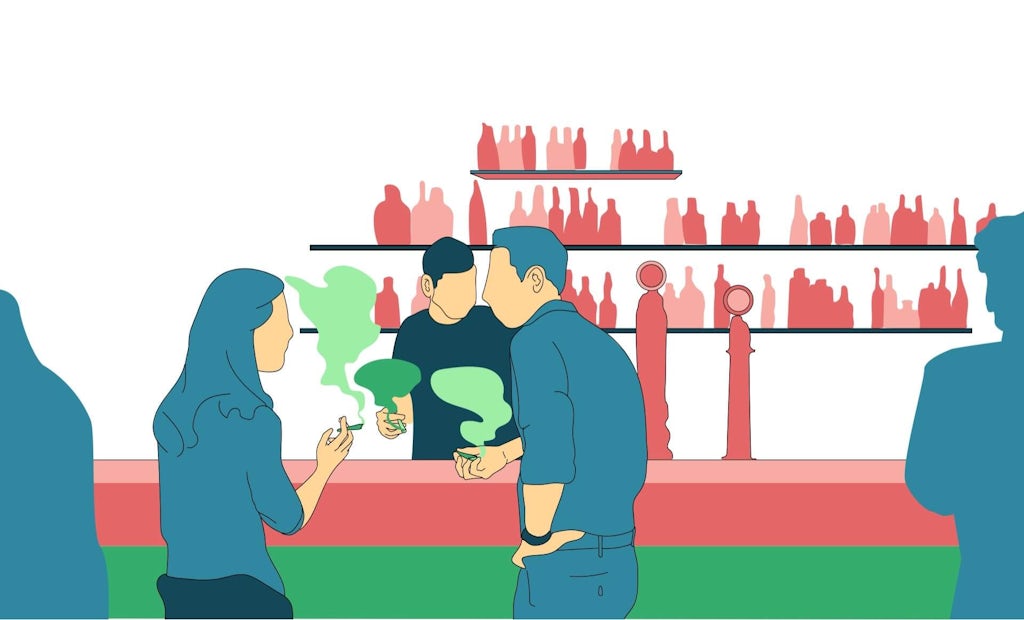
With cannabis as a viable option, less people would turn to alcohol.
We see this played out in states that have legalized cannabis, where alcohol sales typically drop after cannabis becomes available. 5 Cannabis is a viable substitute for alcohol, relieving stress without the risk of a hangover. In fact, since cannabis has so many health benefits, people would less frequently turn to alcohol, a depressant with lasting negative consequences on health. 6
Prolonged consumption of alcohol changes more than just your liver – it changes your very DNA. Heavy drinking in parents can lead to increased risk of alcoholism in future generations by modifying subsequent DNA to crave alcohol more intensely. But cannabis is both an alternative to drinking, and a tool for many people battling addiction. If cannabis was never criminalized, how many people – or entire family generations – would have never turned to alcohol?
This is not to say that cannabis is not addictive; cannabis use disorder is real and problematic. But as noted above, consistent, heavy dosing of cannabis does not result in the same anger or violence as alcohol addiction, nor the same genetic modifications.
4. Obesity would be less common
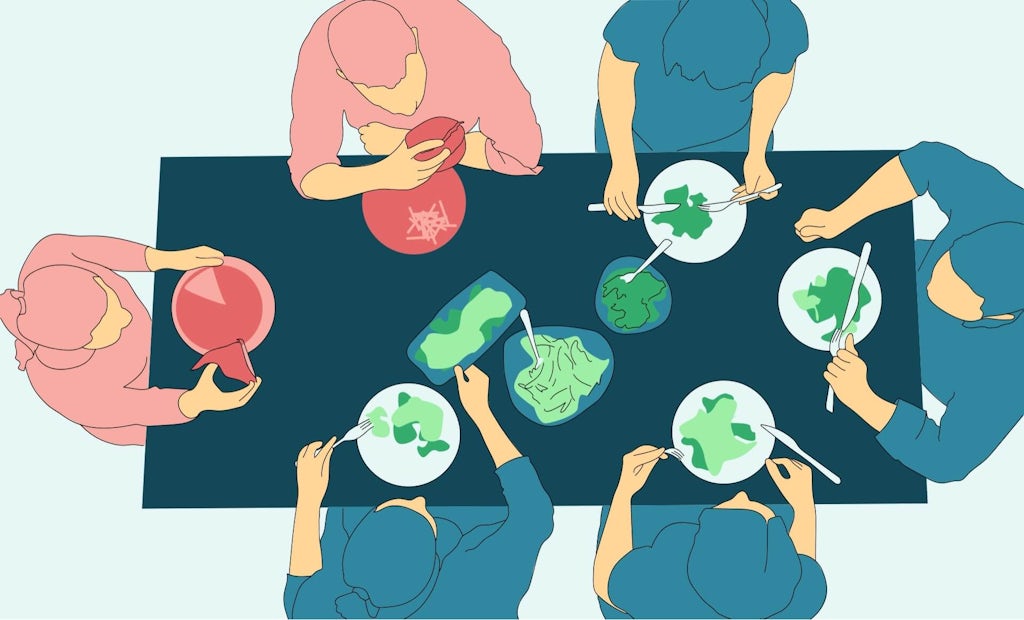
Alcohol contributes to a variety of health problems, including obesity. People who are obese are at higher risk heart problems, blood pressure problems, liver disease, and other health problems throughout their lifetime. Heavy alcohol use can exacerbate these risks.
On the other hand, consuming cannabis is linked with living a healthier, more active lifestyle 7 and a lower overall body weight. Many people who consume cannabis do so before being active, and report physical activity is more enjoyable while high. Additionally, regular cannabis use can help with social anxiety, which is important because social isolation is linked with higher risk of obesity. 8
While cannabis consumption is typically linked with the munchies, one cannabinoid called THCV can actually decrease hunger cues, leading to weight loss. 9
5. The opioid epidemic wouldn’t have been an epidemic
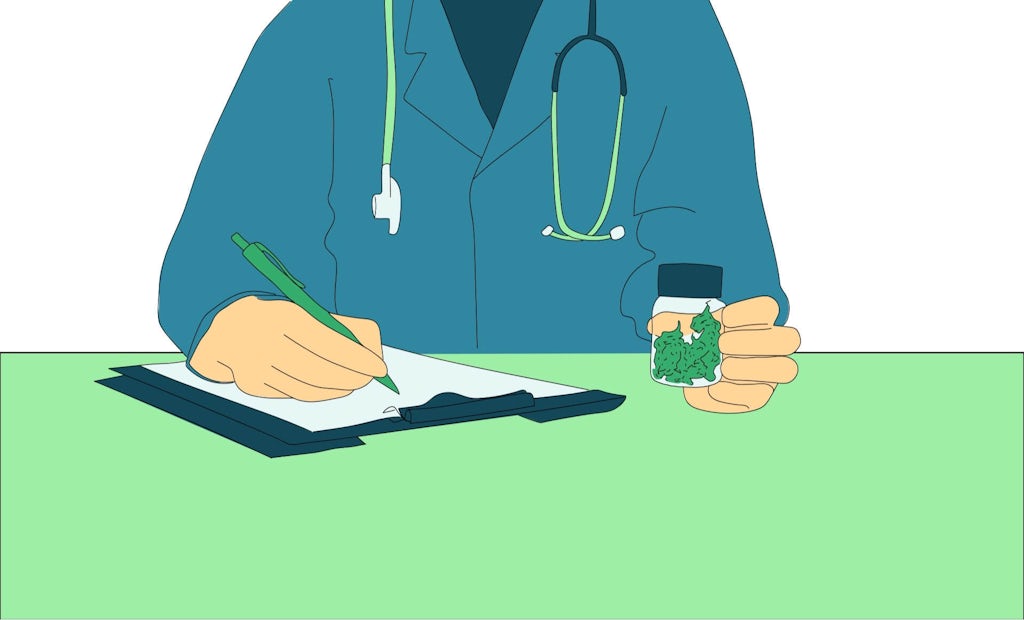
Like the War on Drugs, the opioid epidemic was arguably perpetuated by a desire to increase profit. Big Pharma companies knew how addictive these medications were long before they warned doctors or patients, and by then thousands of lives had been lost or destroyed.
But if cannabis was never made illegal, how many people would have reached for the opioids in the first place? Cannabis can reduce pain and inflammation, without reducing your pain tolerance, greatly reducing the need for opioids in the first place.
While these medications would surely still exist, the opioid epidemic would not have reached crisis levels, as people would have other options to dealing with their pain and suffering. Additionally, for the people who did still take the opioids and get addicted, they would still have cannabis to turn to. Cannabis has been shown to decrease both opioid cravings and emergencies.
6. Lower rates of homelessness
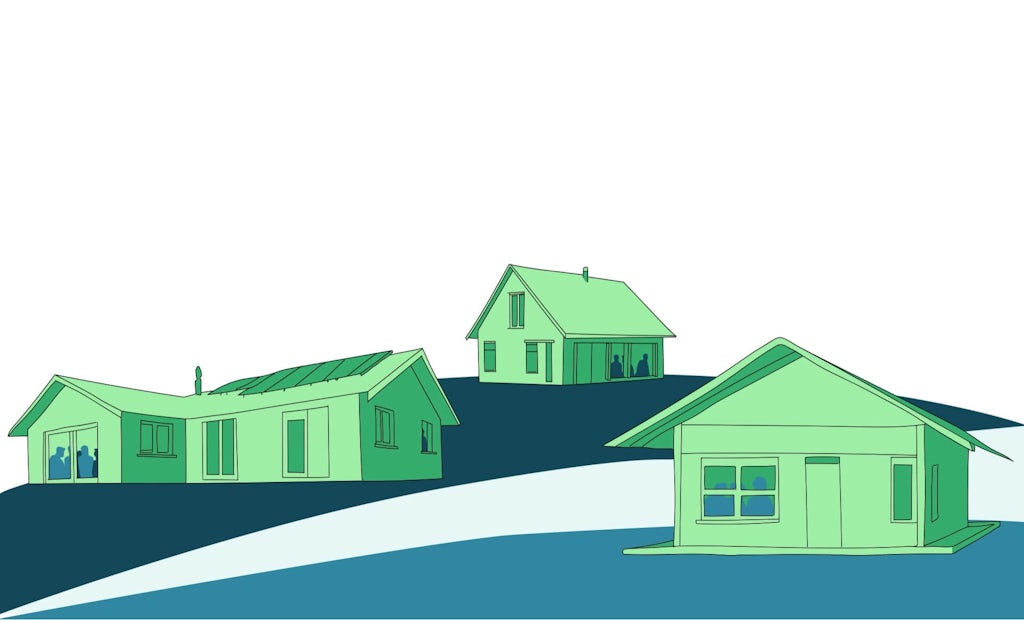
Rates of homelessness in America are on the rise and have been for several years. But what if there was a faster, cheaper way to build quality homes for people that didn’t cost hundreds of thousands of dollars?
Hempcrete, hemp insulation, and hemp wood are all viable alternatives to options on today’s market. It is sustainable, and more environmentally efficient to grow and manufacture hemp than it is almost any other building material. The current problem in the market is the lack of manufacturing infrastructure.
If cannabis had never been demonized, there would be existing manufacturing processes today to take full advantage of the capabilities of the hemp plant. Homes would have a smaller carbon footprint, be faster and cheaper to build, and it would be easier and more affordable for the average person to buy a house.
7. Significantly lower rates of incarceration

The War on Drugs and the rise of private prisons are inseparable. As incarceration became a for-profit business, they needed more people in jail to increase revenue. The War on Drugs provided the perfect excuse to lock people away for years on minor offenses.
Millions of people have been imprisoned during The War on Drugs since the 1970s, and even today police continue to arrest an estimated 1 million people on drug-related charges every year. Over half of those arrests are for cannabis charges.
In a world where cannabis remained legal, these people would have used their talents to start a legitimate business in their communities that allowed them to support their families and pay taxes. They wouldn’t struggle to hold a job or be denied housing due to a conviction; they wouldn’t struggle to rehabilitate to the world after being locked away, and they would have never been traumatized by their time in a dehumanizing system with no focus on rehabilitation. Communities that were shattered under the War on Drugs would be thriving, vibrant places to live.
8. Higher rates of Black fathers at home
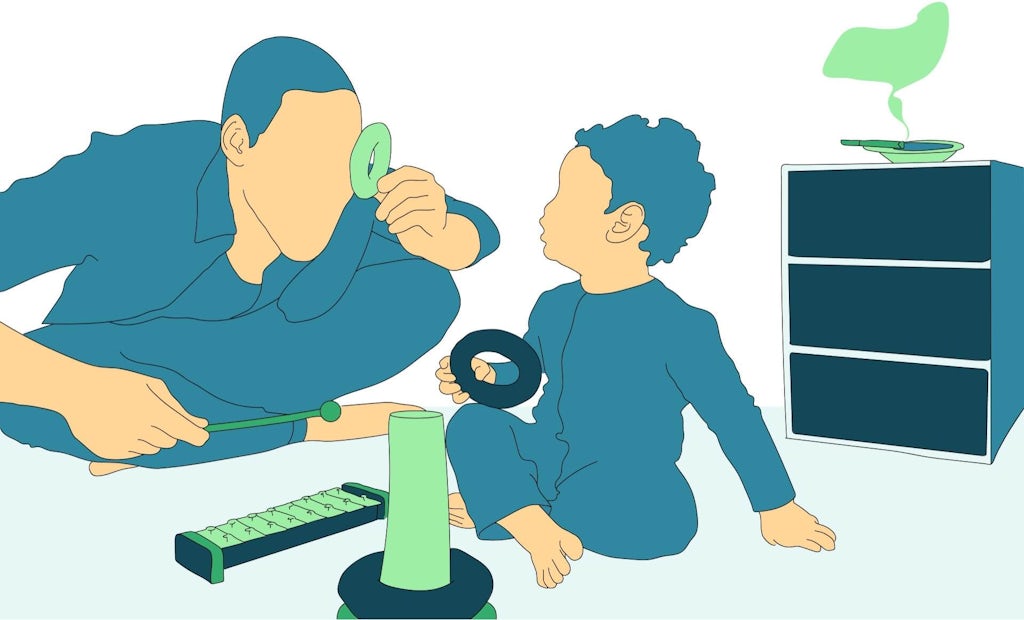
The main focus of the War on Drugs was communities of color, especially Black communities and Black men. Black people are four times more likely to be arrested for cannabis and in New York City, people of color make up 94% of all weed-related arrests.
These arrests were detrimental not just to the homes that these men were ripped from, but to their entire communities. A significant percentage of the population was taken and locked away for minor convictions and set up for recidivism.
The trauma of this experience, both for the people in jail and the people left behind, cannot be overstated. Entire communities were fractured at the seams and left to fend for themselves while the government systematically put people away for no better reason than racism and a desire to increase corporate profits.
We can only speculate what these generations of families and communities would look like if they were allowed to remain intact.
How we can make this world a reality
- The Last Prisoner Project is an organization working tirelessly to free people convicted of cannabis charges. You can donate or purchase the Farmer and the Felon, a cannabis brand that supports the work of the LPP.
- The American Civil Liberties Union is a not-for-profit legal organization working in courts of all levels for cannabis justice and legalization.
- The Marijuana Justice Coalition is focused on federal cannabis reform and reparations to communities impacted by the War on Drugs.
- NORML (National Organization for the Reform of Marijuana Laws) has been fighting for cannabis reform since the 1970s, with state and local chapters across the country.
Sources
- Crocq M. A. (2020). History of cannabis and the endocannabinoid system . Dialogues in clinical neuroscience, 22(3), 223–228. https://doi.org/10.31887/DCNS.2020.22.3/mcrocq
- https://www.ncbi.nlm.nih.gov/pmc/articles/PMC5715782/
- Rongqin Yu,Alejo J. Nevado-Holgado,Yasmina Molero,Brian M. D’Onofrio,Henrik Larsson,Louise M. Howard,Seena Fazel, December 17, 2019 https://doi.org/10.1371/journal.pmed.1002995
- Beck, A., & Heinz, A. (2013). Alcohol-related aggression-social and neurobiological factors. Deutsches Arzteblatt international, 110(42), 711–715. https://doi.org/10.3238/arztebl.2013.0711
- Calvert CM, Erickson D. Recreational cannabis legalization and alcohol purchasing: a difference-in-differences analysis. J Cannabis Res. 2021 Jul 7;3(1):27. doi: 10.1186/s42238-021-00085-x. PMID: 34233755; PMCID: PMC8264988.
- Moushmoush B, Abi-Mansour P. Alcohol and the Heart: The Long-term Effects of Alcohol on the Cardiovascular System. Arch Intern Med. 1991;151(1):36–42. doi:10.1001/archinte.1991.00400010060007
- Ong, L.Q., Bellettiere, J., Alvarado, C. et al. Cannabis use, sedentary behavior, and physical activity in a nationally representative sample of US adults. Harm Reduct J 18, 48 (2021). https://doi.org/10.1186/s12954-021-00496-2
- Lee A, Cardel M, Donahoo WT. Social and Environmental Factors Influencing Obesity. [Updated 2019 Oct 12]. In: Feingold KR, Anawalt B, Boyce A, et al., editors. Endotext [Internet]. South Dartmouth (MA): MDText.com, Inc.; 2000-. Available from: https://www.ncbi.nlm.nih.gov/books/NBK278977/
- https://www.ncbi.nlm.nih.gov/pmc/articles/PMC4772823/
Sign up for bi-weekly updates, packed full of cannabis education, recipes, and tips. Your inbox will love it.

 Shop
Shop Support
Support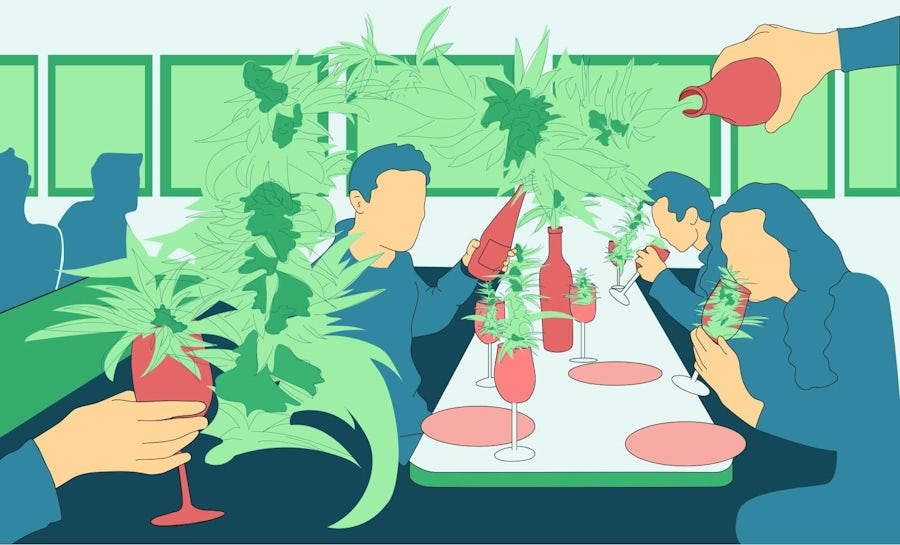
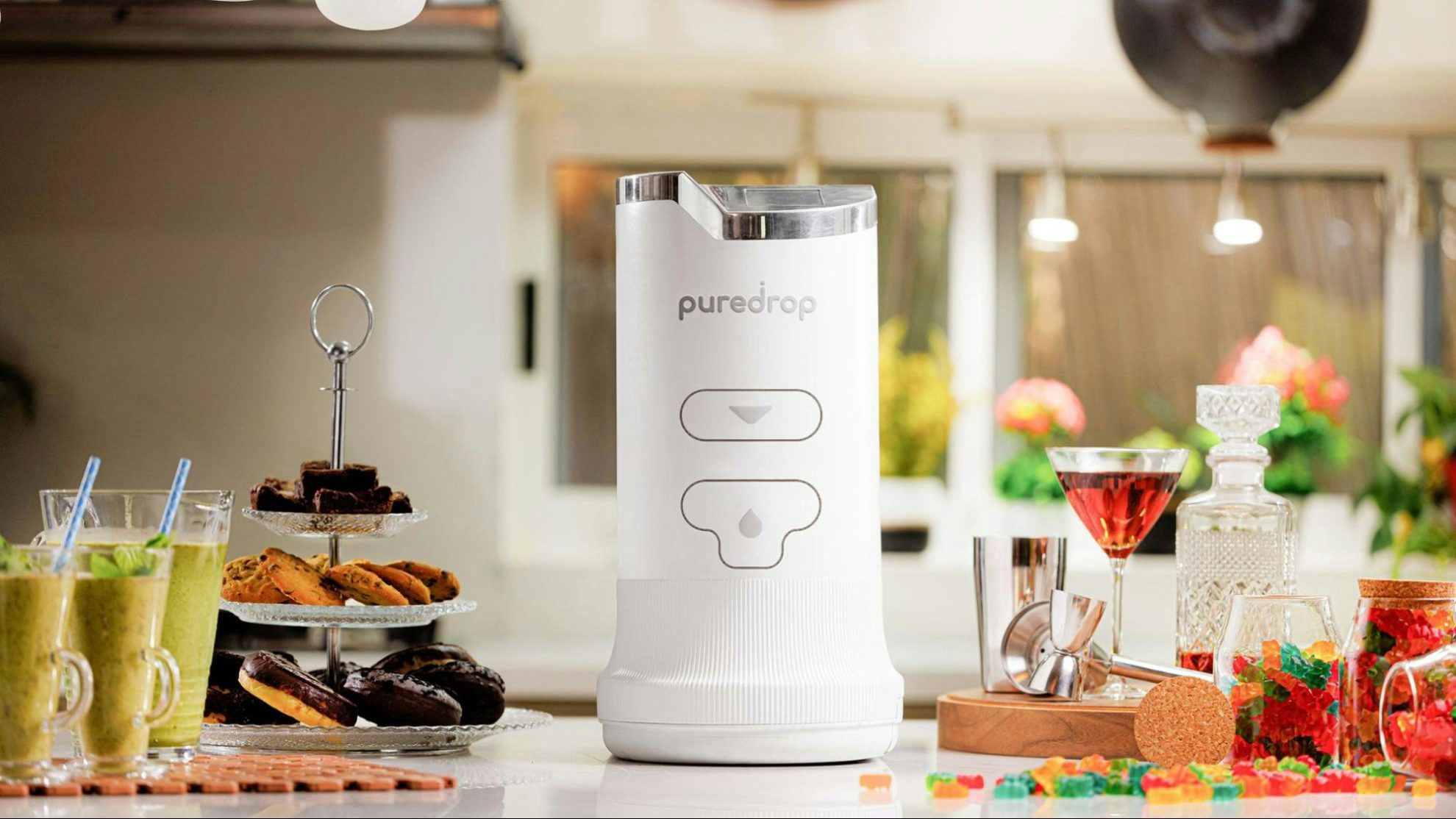
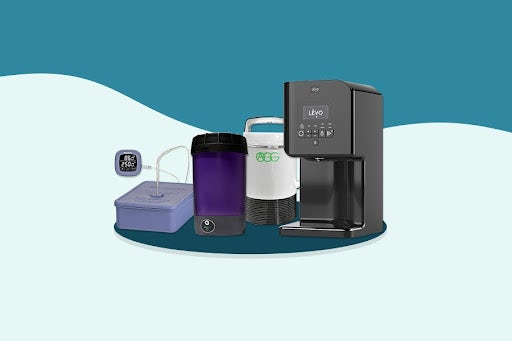


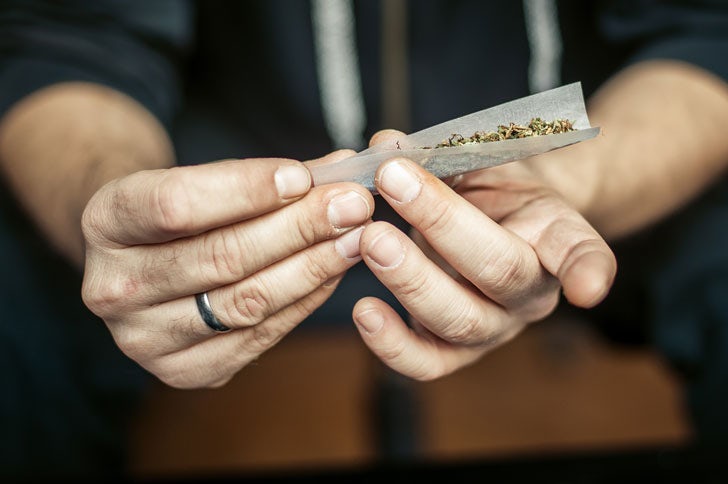


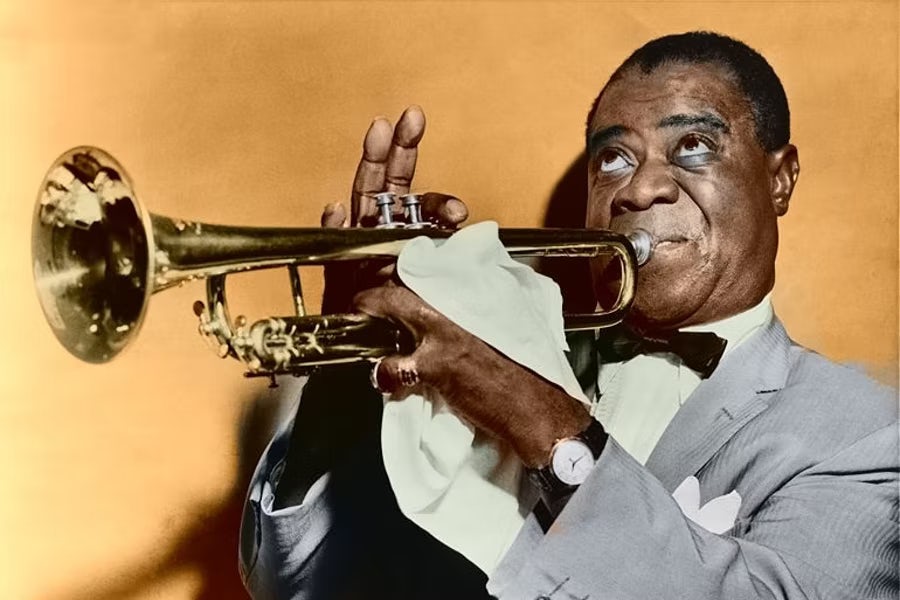












I just like the helpful information you provide in your articles